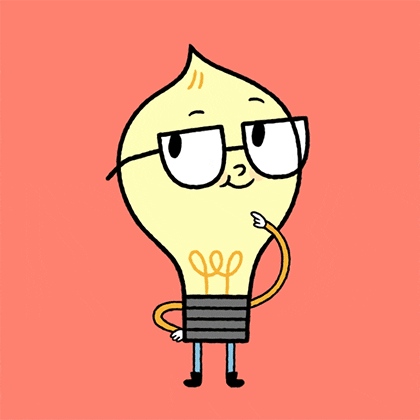The Path to Change: Action
Understanding what needs to be done is not the same as doing it
It is fun to understanding things.
Thinking, learning, overthinking, re-learning. Understanding one perspective then flipping the script and looking at the same thing from another perspective. It’s clear as a culture, we can listen to audiobooks and podcasts all day. Opinions on opinions on opinions. Studies on data on findings on conclusions.
It’s gratifying to have that “ah-ha!” moment. To get clarity instead of confusion. Knowing is an important step, it illuminates the path we must walk.
However, it’s important to remember, there is still the walking that must be done.
Knowing what needs to be done is not the same as doing it. It is easy to think that because we know and understand something, we have mastery over the skills we are trying to develop.
The Cost of Doing
Doing takes courage. It’s where the rubber meets the road and we move out of theory and into practice. It’s where you have to show your cards, present something tangible.
When we experience resistance to doing, it can be helpful to try two things:
Understand what’s holding you back
Take action in the face of resistance
Understanding
Understanding is not the same as doing - and a trap in and of itself, but it can be helpful to briefly explore what is holding us back.
Are we afraid of our actions being seen? Are we afraid of failure? Are we afraid of judgement from others?
When we move into DOING our actions WILL ripple out into the world.
A line of code will impact the entire code base.
An email or slack message will impact the other person.
A design shown to a client, will impact the project.
Only when we have the confidence to face the fear of failure or judgement will we stop thinking about doing it, and do it.
Take action anyway
Fear is not something we will ever get rid of - nor should we. It’s a necessary part of a human experience. Instead of trying to get rid of fear, we must learn to do things even when the resistance of fear is present.
Doing things that feel hard, challenging or uncomfortable is an essential skill. Rather than waiting for the task to feel easy, or waiting for the fear to disappear, do the thing anyway.
Take the leap.
Our brain does a terrible job art convincing itself that something is safe - we must move into action FIRST. When we do the thing, and don’t die, we begin to understand that the fear was unfounded and taking action gets easier over time.
Action comes first, not feeling.
Accountability
When we decide to do something we are moving out of “I might” or “I’ll try” or “I’ll think about it” into a very binary and clear space of did or did not.
Taking action either happens or it doesn’t.
This is challenging, because it’s no longer possible to feel good about understanding and planning and theorizing, we can ONLY feel satisfaction when we take action - and if we do not, we feel the discomfort of letting ourselves down.
Once again, let yourself feel the discomfort and do the thing anyway.
Trying to get rid of fear or disappointment is only an attempt to numb the very real consequences of our actions. Let the feelings of fear and disappointment push you to take action. They are natural motivators if we let them be.
Slay the Dragon, Win the Prize
When we commit to doing the work, we get the reward.
This is what the thinking stage does not have: The satisfaction of a changed life.
Some homework for those wanting an action step:
Identify one thing that is important to you. Could be your physical health, relationships, a work project, a cause in your community or something else.
Ask yourself: What two actions would support this priority?
For example:
My relationship with my children is important to me.
I will honor this priority with these two actions:
1) Take daily walks with them after school.
2) Plan a yearly vacation where I can be fully present and enjoy making memories.
The actions steps should be so specific they can be tracked and verified.
Did I take daily walks with them after school? yes? no?
Did we go on a vacation this year? yes? no?
Only actions that can be answered with a clear yes or no are specific enough to be tracked and measured. “I spend more time with my kids” or “I listen better when they talk to me” is not a clear enough action item because it’s not easy to answer with a yes or no.
We tend to over estimate what we can do in a day, and underestimate what we can do in a lifetime. A lifetime of taking consistent action in alignment with our values results in a life lived with intention and purpose.






Great insights!